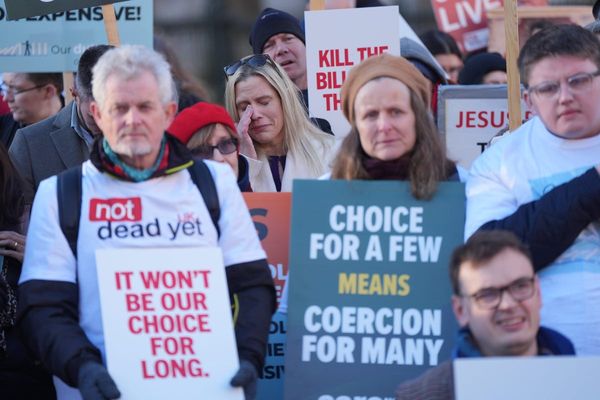WASHINGTON — The Biden administration is proposing new emission standards that would reduce smog-forming pollutants from tractor-trailer trucks, buses and other heavy-duty vehicles as part of a multiyear plan to improve air quality across the nation.
The new draft rule proposed by the Environmental Protection Agency, which would take effect in model year 2027, would reduce emissions of smog-forming nitrogen oxides from gasoline and diesel engines by as much as 60% in 2045, the agency said. It would also set updated greenhouse gas standards for certain commercial vehicle categories, including school buses, transit buses, commercial delivery trucks and short-haul tractors — subsectors where electrification is advancing at a more rapid pace, the EPA said in a news release.
EPA Administrator Michael S. Regan said more than 70 million people live near truck freight routes in the U.S., populations who are “more likely to be people of color and those with lower income.”
“Those overburdened communities are directly exposed to pollution that leads to respiratory and cardiovascular problems,” Regan said at a White House event unveiling the rule and other measures being taken by the Biden administration to reduce transportation-related pollution and greenhouse gases.
The proposed EPA rule will set “new, ambitious standards to significantly reduce emissions from smog and soot” and reduce risks posed by such pollution to vulnerable communities, he said.
Vice President Kamala Harris hailed the proposed rule and other administration actions as being necessary to reduce dangers posed to lower-income communities by truck pollution.
As California’s attorney general, she said, she visited Mira Loma, a town in Riverside County “that had some of the worst air pollution in the state,” thanks to the 15,000 large trucks that crisscross its roads each day. Their “soot and exhaust,” Harris said, has “turned the air toxic.”
“The first time I went to Mira Loma you could taste the metal in the air,” she said, adding that studies showed children in the town suffered from the poorest lung development in the state.
“There are many Mira Lomas in our country,” she said, “where pollution from heavy-duty trucks and buses have made the air poisonous to breathe.”
“We can clean our air and protect the health of our children,” Harris said. “We can connect all of our communities with affordable, accessible and reliable public transportation.”
The EPA estimates that if the most ambitious option in its proposal is chosen, the U.S. will by 2045 see thousands of fewer premature deaths, hospital admissions and cases of asthma onset in children, as well as millions of fewer cases of asthma and allergic rhinitis symptoms.
The action is being billed as the first step in a series of regulations the EPA will develop over the next three years to reduce pollution from trucks and buses.
The EPA plans separately to set new greenhouse gas emission standards for heavy-duty vehicles as soon as model year 2030, the agency said.
———
(Times staff writers Wigglesworth reported from Los Angeles and Kaur from Washington.)







